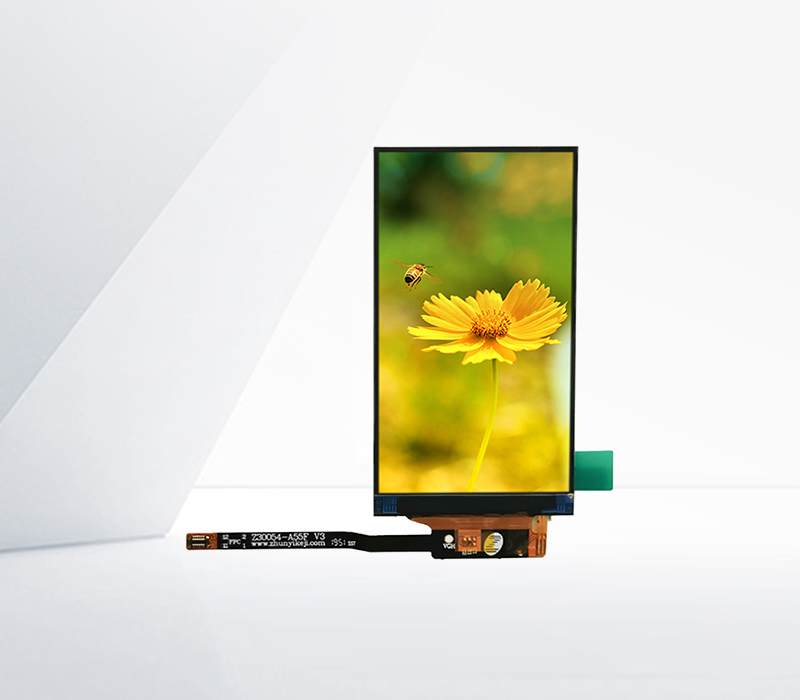




Tempered glass is widely used to protect IPS LED displays, offering enhanced durability, safety, and performance in various applications. The unique manufacturing process of tempered glass gives it superior strength and resistance to impact, making it an ideal choice for safeguarding the delicate display panels.
The tempering process involves heating the glass to a high temperature, typically around 620 - 650 degrees Celsius, and then rapidly cooling it. This rapid cooling creates a state of compressive stress on the surface of the glass, while the interior is under tensile stress. The result is a glass that is significantly stronger than ordinary annealed glass. Tempered glass can withstand impacts that would shatter regular glass, providing excellent protection for the IPS LED display beneath it. In applications where the display may be subject to accidental bumps, drops, or physical contact, such as in public kiosks, automotive displays, or mobile devices, the tempered glass acts as a barrier, preventing damage to the display panel and ensuring its continued functionality.
In addition to impact resistance, tempered glass also offers good scratch resistance. The hard surface of the tempered glass is less likely to be scratched by keys, coins, or other sharp objects, maintaining the clarity and visual quality of the IPS LED display. This is especially important in environments where the display is frequently touched or exposed to abrasive materials. The scratch-resistant property of tempered glass helps to preserve the integrity of the display, reducing the need for frequent replacements or repairs.
Safety is another crucial aspect of tempered glass protection for IPS LED displays. In the event that the tempered glass does break, it shatters into small, rounded pieces rather than sharp shards, minimizing the risk of injury. This characteristic, known as "dicing," makes tempered glass a safer option compared to ordinary glass, especially in applications where user safety is a concern, such as in consumer electronics and public displays.
The optical properties of tempered glass are also carefully optimized to ensure that it does not significantly affect the visual performance of the IPS LED display. High-quality tempered glass has excellent light transmission, allowing the vibrant colors and sharp images of the IPS display to be clearly visible. Specialized coatings can be applied to the tempered glass to further enhance its optical performance, such as anti-reflective coatings to reduce glare and improve visibility in bright environments, or anti-smudge coatings to keep the display surface clean.
Furthermore, the installation of tempered glass on IPS LED displays is designed to be secure and reliable. Adhesive tapes or bonding agents are used to attach the tempered glass to the display, ensuring a firm and stable connection. The edges of the tempered glass are often polished or rounded to prevent chipping and to provide a smooth, aesthetically pleasing finish. By combining strength, safety, optical clarity, and secure installation, tempered glass protection significantly enhances the lifespan, usability, and overall value of IPS LED displays in a wide range of applications.
